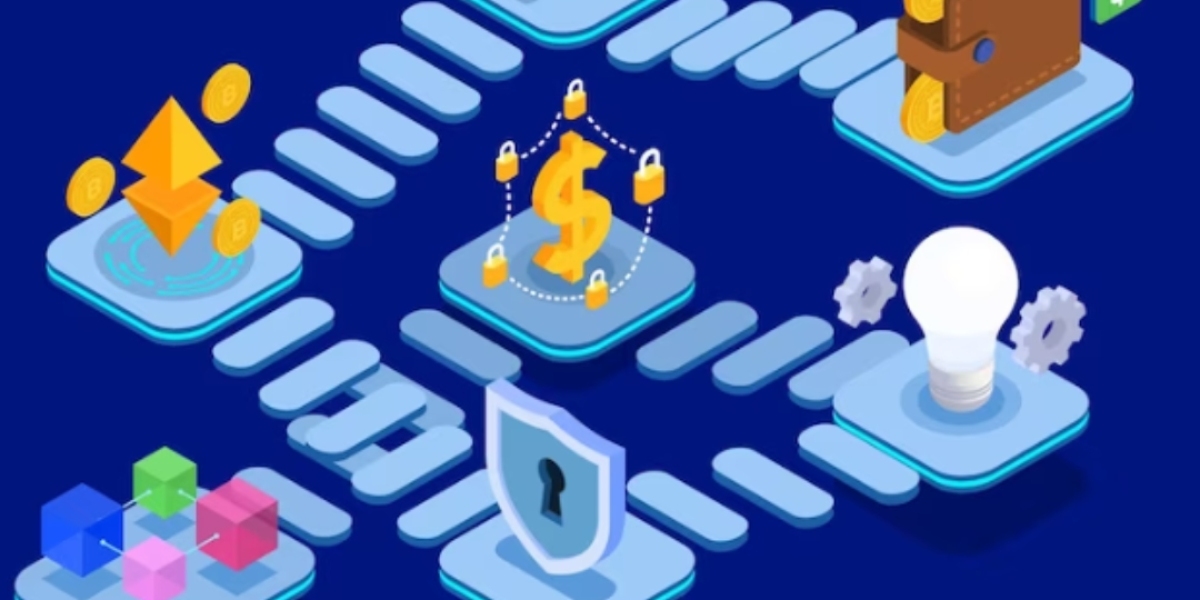What is Blockchain for Beginners step by step for Cryptocurrency payment processing?
Blockchain is a distributed ledger technology that "underlies cryptocurrencies like Bitcoin". It's a secure and transparent way to record transactions. Here's a step-by-step guide for beginners on how blockchain is used for cryptocurrency payment processing.
Understanding Blockchain Basics: Blockchain is a decentralized and distributed digital ledger that records transactions across multiple computers. Each set of transactions is grouped into a "block" and linked together in chronological order to form a "chain."
Cryptocurrency Wallet Setup: To make or "receive cryptocurrency payments", you need a cryptocurrency wallet. Choose a reputable wallet that suits your needs. Some popular options include Coinbase, Exodus, or hardware wallets like Ledger Nano S.
Buying Cryptocurrency: To use cryptocurrency for payments, you need to acquire it. You can buy it on cryptocurrency exchanges like Coinbase, Binance, or Kraken using traditional currency or other cryptocurrencies.
Sending Cryptocurrency: To make a payment, open your cryptocurrency wallet. Find the "send" or "withdraw" option. Enter the recipient's wallet address, the amount you want to send, and a transaction fee.
Transaction Verification: Once you initiate a payment, your transaction is broadcast to the cryptocurrency network. Miners (nodes in the network) validate your transaction. They group it with others in a block.
Consensus Mechanism: Most cryptocurrencies use a consensus mechanism, such as Proof of Work (PoW) or Proof of Stake (PoS), to ensure the security and accuracy of the blockchain.
Adding a Transaction to the Blockchain: Miners compete to solve complex mathematical puzzles in PoW. The first one to "solve it adds the block to the blockchain". In PoS, validators are chosen to create new blocks based on their holdings and other factors.
Confirmation: Once a transaction is included in a block, it's considered "confirmed."
The number of confirmations required may vary depending on the cryptocurrency and its security requirements.
Transaction Completion: Once your transaction is confirmed, it's irreversible. The recipient now has access to the cryptocurrency you sent.
Payment Receipt: The recipient can check their wallet to verify the payment. You and the recipient can view the transaction on the public blockchain explorer using the transaction ID.
Security and Backup: Keep your wallet secure. Use strong passwords, enable two-factor authentication, and consider hardware wallets for added security. Regularly back up your wallet's private keys to ensure you can recover your funds if you lose access to your wallet.
Stay Informed: Cryptocurrency markets are highly volatile. Keep yourself informed about market trends and potential security risks.
"Remember that blockchain and cryptocurrencies are complex", and the above steps provide a simplified overview. It's essential to do your own research and exercise caution when using cryptocurrencies. Always use reputable wallets and exchanges, and be aware of the potential risks involved.
2d payment gateway for bitcoin | Crypto payment processor | Crypto merchant service | Crypto payment processing | Best cryptocurrency payment processor | Cryptocurrency processing | Payment processor crypto | "Cryptocurrency payment processing | Blockchain for payment processing | Blockchain payment processing companies | Credit card to crypto payment gateway | What is Cryptocurrency payment processors |
https://www.offshoregateways.com/crypto-payments/10-best-cryptocurrency-payment-processing-gateways |
https://www.offshoregateways.com/credit-card-payments/tips-online-fraud-prevention-for-businesses |
https://www.offshoregateways.com/crypto-payment-processor/crypto-payment-gateways |
https://www.offshoregateways.com/credit-card-payments/payment-security-measures |
https://www.offshoregateways.com/crypto-payment-processing |









